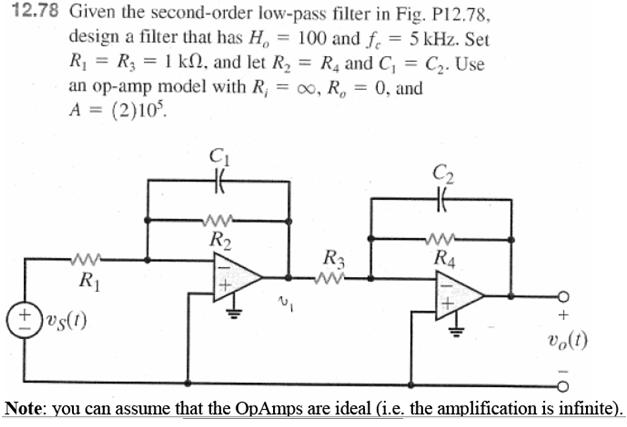
You end up with a fixed Q that may or may not meet your design specs. In designing an L-network, the Q is a function of the input and output impedances. The main reason to employ a T-network or p-network is to get control of the circuit Q. The T-networks and p-networks described here will often provide the needed improvement while still matching the load to the source. While it fits many applications, a more complex circuit will provide better performance or better meet desired specifications in some instances. The L-network is a real workhorse impedance-matching circuit (see “ Back to Basics: Impedance Matching (Part 2)” ). It does not store any personal data.This article is part of the Analog Series: Back to Basics: Impedance Matching The cookie is set by the GDPR Cookie Consent plugin and is used to store whether or not user has consented to the use of cookies. The cookie is used to store the user consent for the cookies in the category "Performance". This cookie is set by GDPR Cookie Consent plugin. The cookie is used to store the user consent for the cookies in the category "Other.

The cookies is used to store the user consent for the cookies in the category "Necessary". There is also a high-pass form of the pi network, but this configuration is not often used in Amateur Radio equipment, so I will concentrate solely on the low-pass form. This cookie is set by GDPR Cookie Consent plugin. shown in Figure 1 forms a low-pass filter and provides substantial attenuation of harmonics of the design frequency. The cookie is set by GDPR cookie consent to record the user consent for the cookies in the category "Functional". During week 2, our aim is to design and test both high-pass and low-pass Pi networks, and band-pass T networks and LCC networks. The cookie is used to store the user consent for the cookies in the category "Analytics". In week 1, we plan to design and test both high-pass and low-pass L networks - the simplest matching network design. pass through an optical preamplifier, and is detected on a high speed photodiode in a direct. These cookies ensure basic functionalities and security features of the website, anonymously. Direct matching methods for coils and preamplifiers in MRI. Necessary cookies are absolutely essential for the website to function properly. highpass diplexers,andto developing an improved design. Also remember that the circuit input reactance will be opposite in polarity with the source reactance when matching. The concept of describing RF circuits in terms of waves is discussed and the S matrix and related matrices are defined. The basics of circuit and filter theory are reviewed and then several design methods for bandpass. This allows you to double check the calculator and make sure that it selected appropriate values, by making sure the impedance correctly matches the input impedance. The outputs of this tool give you the component values as well as a graph of the impedance looking into the pi circuit from the source. If you are unsure what the reactance is set it to zero for a first pass approximation. The inputs ask for source resistance and source reactance. There is one menu item to select if there is to be any DC current or not, that also affects the topology. For example in some topologies there may be 2 inductors and one capacitor and in a different configuration it may be 2 capacitors and one inductor. The circuit topology can change depending on the inputs.

in terms of their function in four categories: low pass, high pass. There are some important items to understand when using this tool. load coupling MSL (b) equivalent circuit of the kth lowpass resonator in the. This calculator will give you the circuit topology as well as the component values. This technique doesn’t work for wide band requirements, but is a simple way to achieve this at a specific frequency. This tool will help you create a matching circuit so that optimal power transfer occurs between unmatched loads. The Pi match circuit gets its name because the circuit topology can look like a pi symbol.


 0 kommentar(er)
0 kommentar(er)
